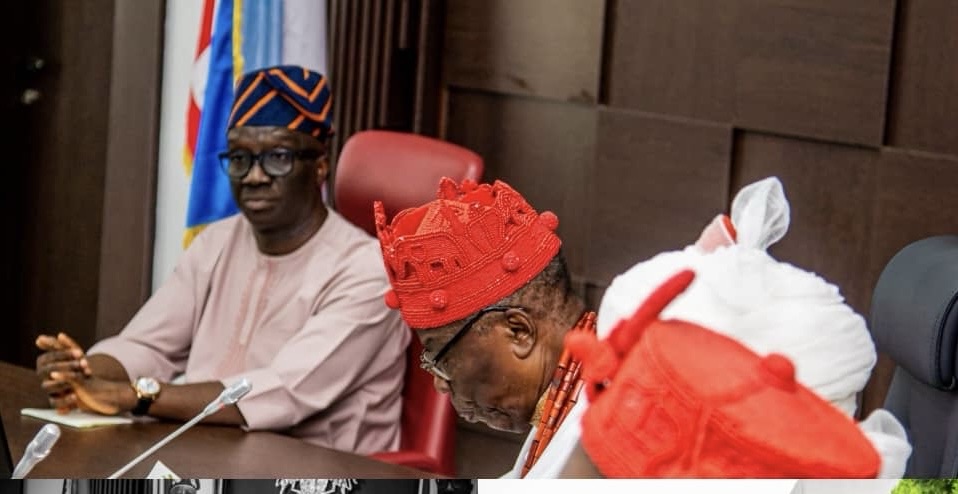BY OSUMAH AUGUSTINE
As used in this discourse, the term “dressing” entails the practice of wearing clothes on human body. This act is among the basic norms of the social institutions in most countries across the globe.
As it stands, dressing is a cross-cultural phenomenon. It is a practice that different societies are involved in on a universal scale.
Two broad methods of cloth production exist.
First is the manual or handmade type while the other is machine-made. Findings from previous studies on the subject of dressing showed that most of the earliest clothes worn by people were handwoven. Subsequent to industrial revolution, machine-made garments surfaced.
Attires worn by people vary from place to place. People from nations all over the world have diverse kinds of regalia they put on. Tribes, clans and families have dressing styles that are peculiar to them. Same is applicable to institutions such as schools, event centres, hospitals and places of worship. Professionals like doctors, lawyers, nurses, astronauts and athletes wear unique attires in their workplace.
In the days of yore, clothes were scarce.
The commonest ones available were made with cotton, silk and animal skin. Skilled guilds of weavers and tanners made dresses which were not enough for the clothing needs of households. It was gathered in a research that the then prevalent scarcity made parents to exchange clothes.
An informant revealed that in the ancient clan of Ozalla which is ward one in the present-day Owan West Local Government Area of Edo State, clothes were so much scarce to the point that a wife had to stay nude at home at what time her husband was out for any engagement. Same was applicable to a husband whenever his wife was out to carry out whatever tasks. The same shortage of clothes made nudism a form of dressing pattern for the children until they attained the age of puberty.
Development in trade and industry later boosted the production and distribution of clothes. In contemporary times, most people from various cultures have enough attires for dressing in the different geographical locations across the globe.
Nevertheless, people dress for multifarious reasons which are often the same from one country to another. This is known as cross-cultural reasons for dressing. Some of them are somewhat effortless to fathom.
The following are the highlights.
The foremost reason for dressing is covering. The need to cover nakedness is the most vital purpose of wearing clothes. Thus, any garments that reveal the pubic areas in the human body do not serve the primary purpose of putting on attires.
Another reason for dressing is beautification. Human beings all over the world do wear clothes in other to appear beautiful. The beautifully dressed people receive complementary accolades most times wherever they are present.
Again, dressing is for the purpose of identification. A cliché says “dress the way you want to be addressed “. Chief among the apparent ways to distinguish royalties from commoners is mode of dressing. Dress pattern reveals the wearer’s identity.
Dressing is furthermore a means of differentiation. In many tertiary institutions of learning, students are differentiated on the basis of dressing. Students undergoing academic training in law, medical sciences and engineering do not put on the same regalia. Such is also the case with the graduation gowns worn by the first degree, masters and doctorates holders at different universities during convocations.
It is imperative to note that dressing also signifies the health and moral conditions of people in the society. Wearers of revealing clothes are most times judged as whoremongers while the reverse are tagged as decent people. In addition, tattered and dirty attires are often associated with mad people in most communities.
In the modern day, the purpose of dressing seems defeated. Boundaries have been blurred in regard to what to wear, when, where, how, and why? It is now difficult, if not impossible to decipher the sane from the insane, and the decent from the indecent people in the society.
This is as a result of the mix-ups in the patterns of dressing. Even the indigenous dress culture is endangered by foreign types.
There is the urgent need for reorientation in the bid to reinstate the functions which dressing is meant to serve.
Since charity begins at home, germane cross-cultural reawakening regarding dress culture should commence from families. Afterwards, the said renaissance about the issues bordering on dressing should be disseminated to schools, hospitals, markets, worship centres, and other social institutions.


